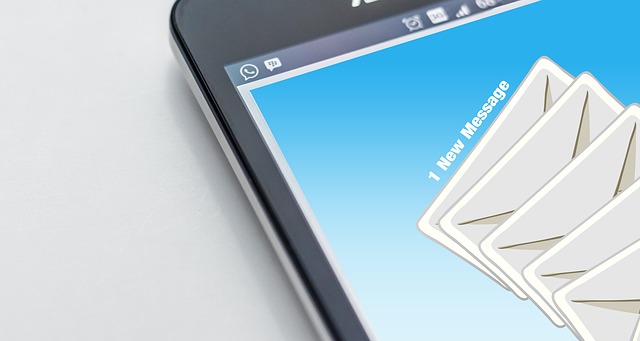 Email marketing is one of the easiest and most successful ways for nonprofits to increase their online fundraising, and it’s also one of the fastest and most cost effective ways for NFPs to raise awareness and advocate for their cause.
Email marketing is one of the easiest and most successful ways for nonprofits to increase their online fundraising, and it’s also one of the fastest and most cost effective ways for NFPs to raise awareness and advocate for their cause.
The following is a list of a few email marketing best practices that can help your nonprofit create emails that are opened, read, and get results.
Use Attention Grabbing Subject Lines, Personalisation, Timing and Consistency to Increase Open Rates
According to a study by Mail Chimp, the average nonprofit can expect nearly 26% of their emails to be opened, while overall, the average open rate for emails from others is only about 6%. Nonprofits can increase the likelihood of their emails being opened when they use exciting words and titles in the subject lines.
Personalising emails, as well as sending emails out weekly, rather than monthly, on a regular basis, can also help increase open rates. While the industry “rule of thumb” used to be that emails that were sent on Tuesdays and Thursdays were more likely to be opened, the increase in mobile platforms, such as smartphones, means that individuals are opening their emails and reading messages on the go. So, sending emails on Saturdays, when other organisations are sending fewer emails, might be a better option for your nonprofit to grab the attention of followers.
Maintain Reader Interest by Using the “Goldilocks Rule” When Creating Your Emails and Newsletters
Just as Goldilocks was looking for porridge that wasn’t too hot or too cold, but just right, make certain that your emails and online newsletters are “just the right” length, and not too long or too short. One way that you can do this, and still cover more than one subject in an email or newsletter is to include snippets of a few sentences for each subject, followed by a link back to your main site that readers can click to read and learn more.
Include images such as candid photos and short videos in your emails and newsletters to attract followers’ interest, convey more information with the use of fewer words, and, to connect with them on an emotional level.
In addition to emails whose main purpose is to inform, or raise funds, don’t forget about how easy and powerful it can be to also use emails to send invitations, special offers and other incentives, and even a thank you to show your appreciation to your supporters. Regardless of the goal of your email, the advice remains the same, keep the content just the right length, and use images to increase interest and convey more information.
Increase Open and Click Through Rates by Making it Easy to Share on Social Media
Another way to increase your open and click through rates when you email newsletters and fundraising calls is to make the content in your emails easily shareable online on social media. So, don’t be shy about adding social media buttons such as Facebook, Twitter, Instagram and more when you send emails.
Always Include a Call to Action that’s Easy to See and Use
Even if the primary purpose of your email is to inform or advocate, rather than fundraise, don’t forget to include a clear call to action in your communications. Use buttons that stand out from the rest of the text in your email that spell out exactly what action you wish readers and followers to take to support your cause.
Don’t Forget to Use Strategies to Avoid the Spam Folder
One reason why so few emails are opened is that many emails are automatically filtered and sent to spam folders, so followers never know that they’ve missed your correspondence. You can avoid having your organisation’s emails filtered in this way by asking followers to subscribe to your emails and add your email address to their address book.
Be certain to include an unfollow or unsubscribe link in your emails so that folks that no longer wish to receive your emails can easily unsubscribe, thereby reducing your chances of being blacklisted as a spammer.
There are also several free and low-cost spam and domain checker tools that can help you to check to see if your emails are likely to trigger a spam filter, as well as to check to see if your domain and email address have been flagged for spamming.
Of course, there are several additional strategies that nonprofits and other organisations can use to increase the chances that readers will open and read emails and take action, so this list is not all inclusive. This list should be viewed as a starting point to help nonprofits to begin improving online communications with supporters.

 Posted on 19,Jan |
Posted on 19,Jan |
 Posted by Anne
Posted by Anne 




There are no comments yet